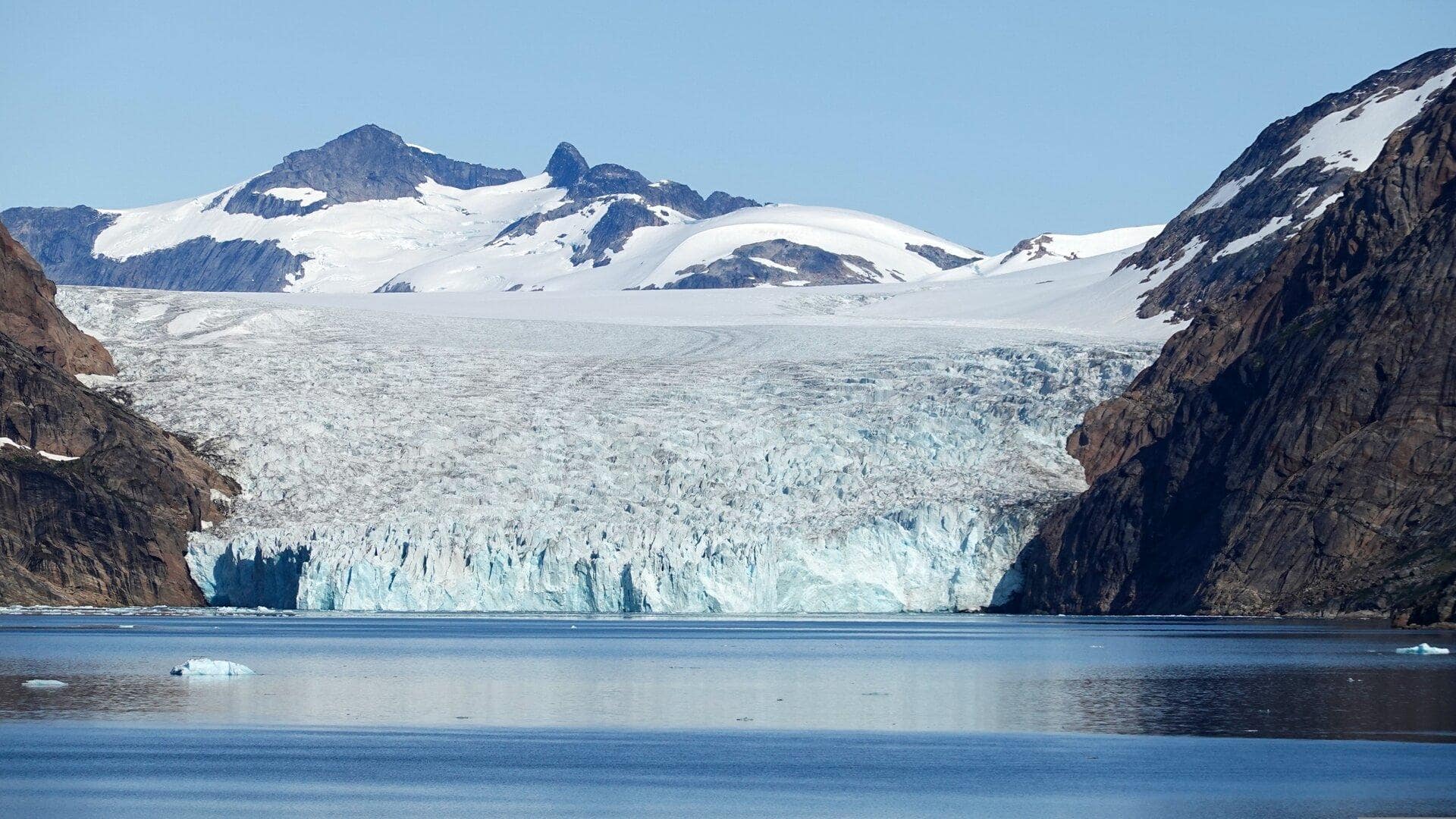
Ice loss in Greenland and Antarctica increases five-fold since 1990s
What's the story
Climate change impacts are getting more serious by the day. Loss of ice cover in Greenland and Antarctica has increased five-fold since the 1990s, as per Ice Sheet Mass Balance Intercomparison Exercise (IMBIE), which is funded by NASA and European Space Agency (ESA). Not only that, the ice loss now accounts for a quarter of the rise in global sea level.
Report
What is IMBIE?
Scientists use data from satellites—like ESA's CryoSat—to monitor changes in ice volume and flow, and from satellites that provide information on gravity to track how much ice is lost. These results are combined into IMBIE, which is used for assessment by International Panel on Climate Change (IPCC) and other key bodies. Established in 2011, this is now the third IMBIE report.
Details
Satellites started tracking the loss of ice cover in 1992
The latest IMBIE report states that between 1992 and 2020, 7,560 billion tons of ice were lost from polar ice cover, comparable to an ice cube measuring 20km on each side. Satellites started tracking the loss of ice cover in 1992 and since then polar ice has been lost every year. Further, the melting rates were highest in the last decade.
Peak
Greenland and Antarctic lost 612bn tons of ice in 2019
The rate of ice loss peaked in 2019 when Greenland and the Antarctic cumulatively lost 612 billion tons of ice. This was due to the summer heatwave that swept through the Arctic, causing a record ice loss of 444 billion tons from Greenland that year. Antarctica witnessed a loss of 168 billion tons of ice, which is the sixth-highest year on record.
Effect
The effect of ice cover loss on rising sea level
Since 1992, there has been a 21mm rise in global sea level. Ice loss from Greenland accounts for almost two-thirds (13.5mm) of the sea level rise, while ice loss from Antarctica constitutes the other third (7.4 mm). Looking back to the early 1990s, melting ice cover was responsible for a far lesser amount (5.6%) of sea level rise.
Stats
Ice loss now responsible for 25% of global sea rise
When compared to the 1990s, now there is a staggering fivefold increase in ice cover loss, which contributes to over a quarter (25.6 %) of worldwide sea level rise. If the current trend of ice loss continues, the IPCC estimates, that by the end of the century, it will contribute somewhere between 148mm and 272mm to the average global sea level rise.
Official words
"Ice losses from Greenland and Antarctica have rapidly increased"
"Ice losses from Greenland and Antarctica have rapidly increased over the satellite record and are now a major contributor to sea-level rise," said Inès Otosaka, who led the IMBIE study. "Continuously monitoring the ice sheets is critical to predict their future behavior in a warming world and adapt to the associated risks that coastal communities around the world will face."